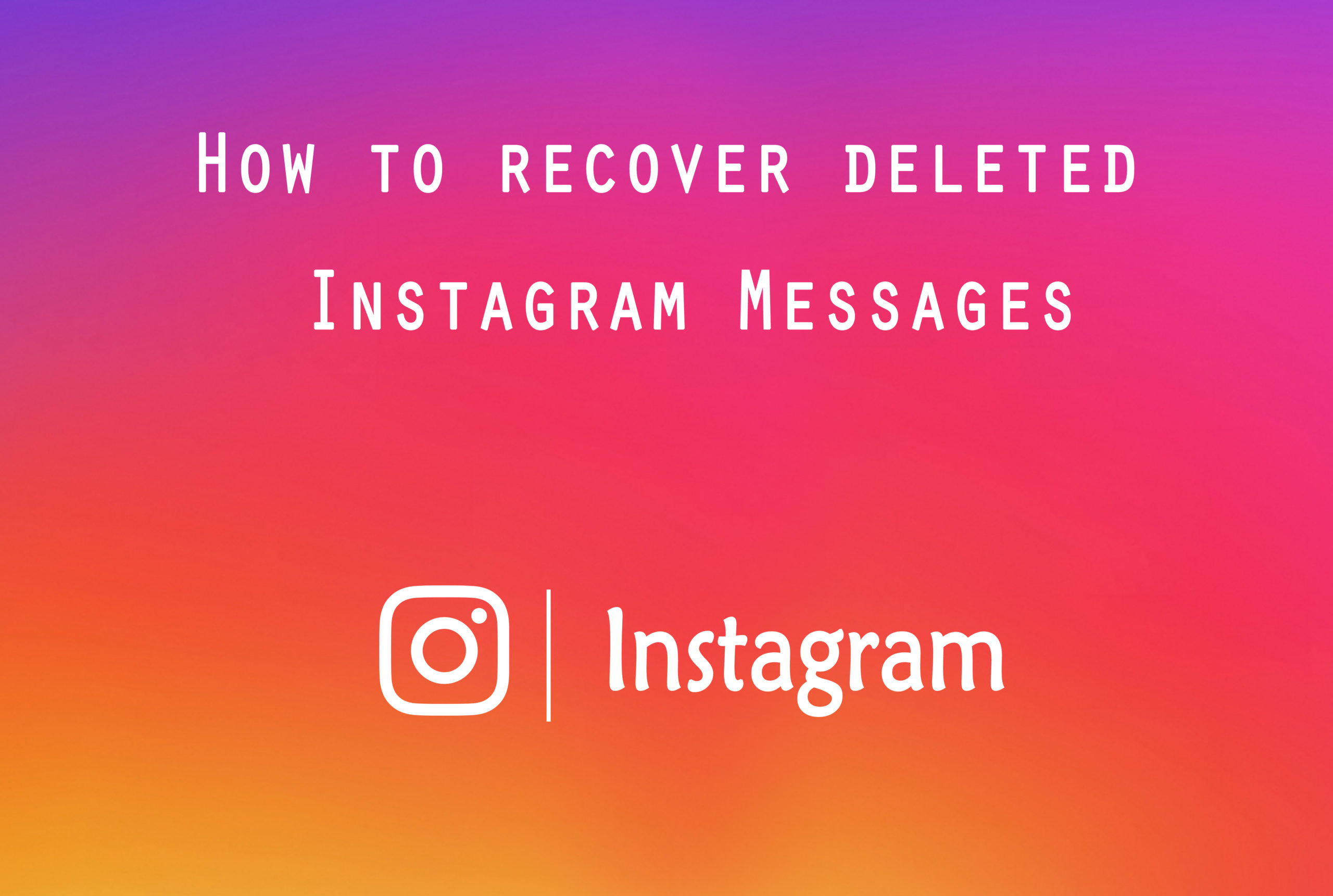SEO is one of the most sought-after digital skills across various industries. The 21st century is the digital age, and any company willing to make headway should have a strong digital footprint. You need to assure the recruiters that you can deliver to land that dream SEO role for a particular company. How do you do that? You can put together a top-notch SEO resume that emphasizes your skills and accomplishments.
Recruiting agencies utilize resume extraction API to fish out the most suitable applicants. This article will show you how to get on their radar. After reading through, you should be able to draft an SEO resume that can draw the attention of recruiters and get them to contact you for a job interview.
Before we delve into the SEO resume guide and samples, you must first get familiar with the concept.
SEO Resume
An SEO resume or CV is a professionally written document in which your work background and skills are highlighted for the benefit of recruiters and prospective employers.
SEO Resume Guide
The Ideal Resume Format for the Job Description of an SEO Executive
Many don’t know that it doesn’t take a recruiter long to understand what they’re looking at. On average, they need less than 10 seconds to review your resume. They are trained to go straight to the main highlights of your resume. So if your resume lacks appeal in terms of design and format, they’ll lose interest.
So giving your resume an appealing format is crucial to retain the recruiters’ interest and grab the best job opportunities. There are three resume formats to choose from:
- Functional resume format
- Reverse chronological resume format
- Hybrid resume format
The option you choose should be based on your experience. The recommended format to sustain recruiters’ interest is the reverse chronological resume format. The reason is it begins with your most recent work experience, skills, and achievements.
If you want to hop from one career or industry to another or experience a career gap, the ideal format is the functional resume format. That’s because it draws attention to your skills and makes it easy for recruiters to miss the career gaps.
The hybrid resume format is for seasoned experts with at least a decade of work experience in a particular niche.
- Divide the entire resume into various sections.
- There should be a margin width (½ inch – 1 inch) on both sides of your resume
- Ideally, your resume should be a page long. If you have work experience of over six years, it can be two pages.
- Use professional-looking type fonts such as Calibri and Times New Roman.
- You should submit your resume in PDF format to the recruiter.
Things your SEO Resume should contain
An SEO resume is made up of various sections. Each of these sections is important and key to increasing your chances of landing an interview. These are the sections your SEO resume should contain:
1. Resume Header
This is typically the first section of your SEO resume. Since it’s the first place a recruiter will look at, you must personalize it (by using your full name). This can give your header instant recognition.
If you have two names, use them as your header. If you have three names, use the initial of your middle name while the first name and surname are spelt out.
Also, the recommended font size should range between 16-20 points.
Resume header samples/examples
- Wrong example: CV or Resume.
- Correct example: Henry G. Williams or Henry Williams.
2. Contact Information
This section is usually done in haste. This area is more important than you give it credit for. You can have a fiery resume that will floor your recruiters, yet they can’t contact you because of inaccurate contact information. Ensure the contact information on your resume is up-to-date and accurate.
Also, ensure your number is prefixed with the accurate ISD code for your country and a (+) sign. Your email should also look professional. Use a “city, country” format if you’re applying internationally and a “city, state” format if you’re applying locally.
Sample (email)
Wrong example: slayer2478@gmail.com
Correct example: henrywilliams@gmail.com
Sample 2 (residential location)
For an international resume: Manhattan, U.S.A
For a local resume: Manhattan, NY.
3. Profile Title
This section entails details such as:
- Current job designation
- Work experience
- Operational Industry
- Seniority
4. Resume Summary
This is a key area on your resume because it is where you will attract the attention of prospective employers or recruiters.
Sample:
- A GitHub-certified SEO manager with over five years of experience, skilled in overseeing SEO audits and pinpointing.
- Avenues to enhance organic search from the third result page to the top 5 for high-ranking keywords.
- Skilled in organizing PPC budgets and bidding to get ideal ad spots for massive user sign-ups.
- Experienced with overseeing several SEM campaigns for enhancing site traffic by 15% annually.
5. Professional Background
This is where you’ll write about your work experience. Use bullet points, statistics, and power verbs, and include keywords.
Correct sample: Market Research & Site Creation
- Ran SEM marketing campaigns for over 15 small businesses and enhanced their page ranking on every search engine
- Conducted market research and pinpointed trends for publishing relevant content on various social platforms for more engagement.
- Something like that!
6. Educational Background
This section should include details such as degree acquired, name of the school, date of graduation, and location of the school.
Sample
- B.A (Bachelor of Arts) History
- New York University
- 2017
- New York
7. Skills
This is where you’ll add the relevant skills. Don’t be generic. In this case, it would help if you emphasized your SEO skills. There are core skills and technical skills.
Sample (for core skill)
Content Strategist – keyword research, audience research, and so on.
8. Certification
If you did a professional course and got certified, this is where you’ll add them to your resume.
Sample
- Certified Fundamental Digital Marketer| Google Digital Garage| Google LLC.| Jun. 15
Sample 2
- Certified Project Manager| Agile Framework and Technology| Project Management Institute| Jan. 20
9. Workshops
If you have any workshops or training, this is where it comes on your resume.
Sample
- Risk Management Workshop| Ramm Soft| Sept. 20
Conclusion
If you have additional information, you can add them. However, the goal should be to make your resume rich, not stuffed. This way, only relevant information should be on your resume. Avoid adding information that will be of no interest to the recruiter or potential employer.
Suggested:
How to create the perfect resume for work?
Is Google Digital Garage Worth Ding?
Like this:
Like Loading...













 Which is the Cheapest Food Delivery app?
Which is the Cheapest Food Delivery app?